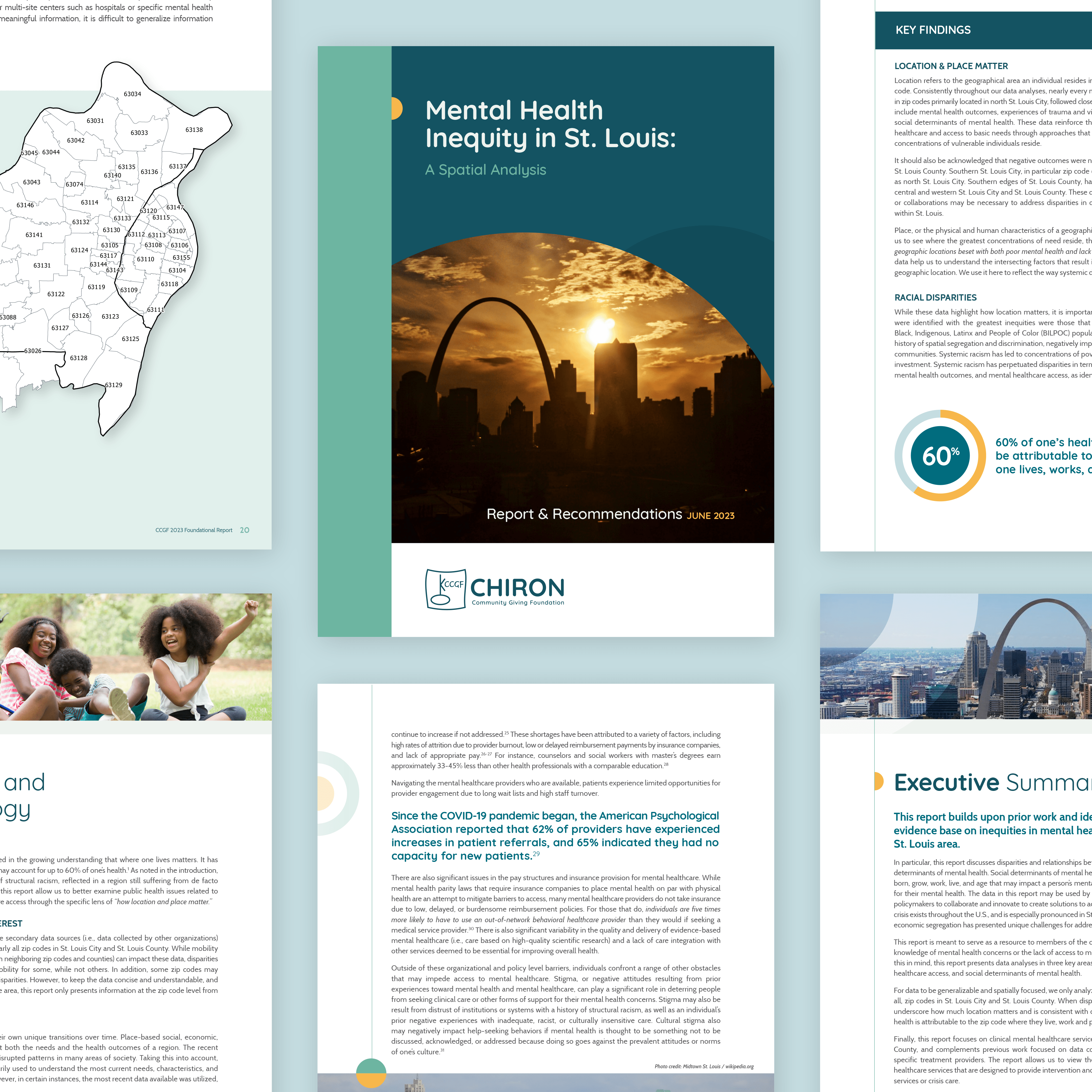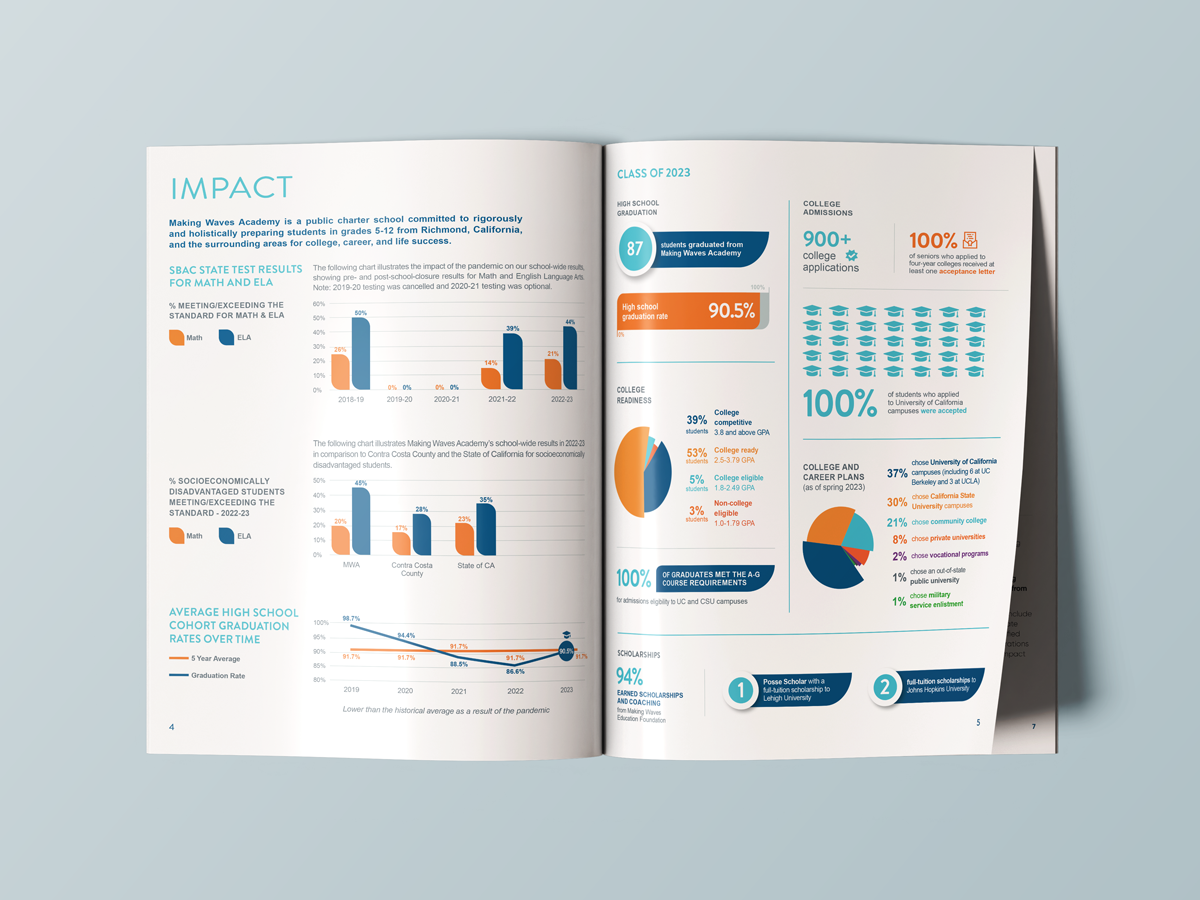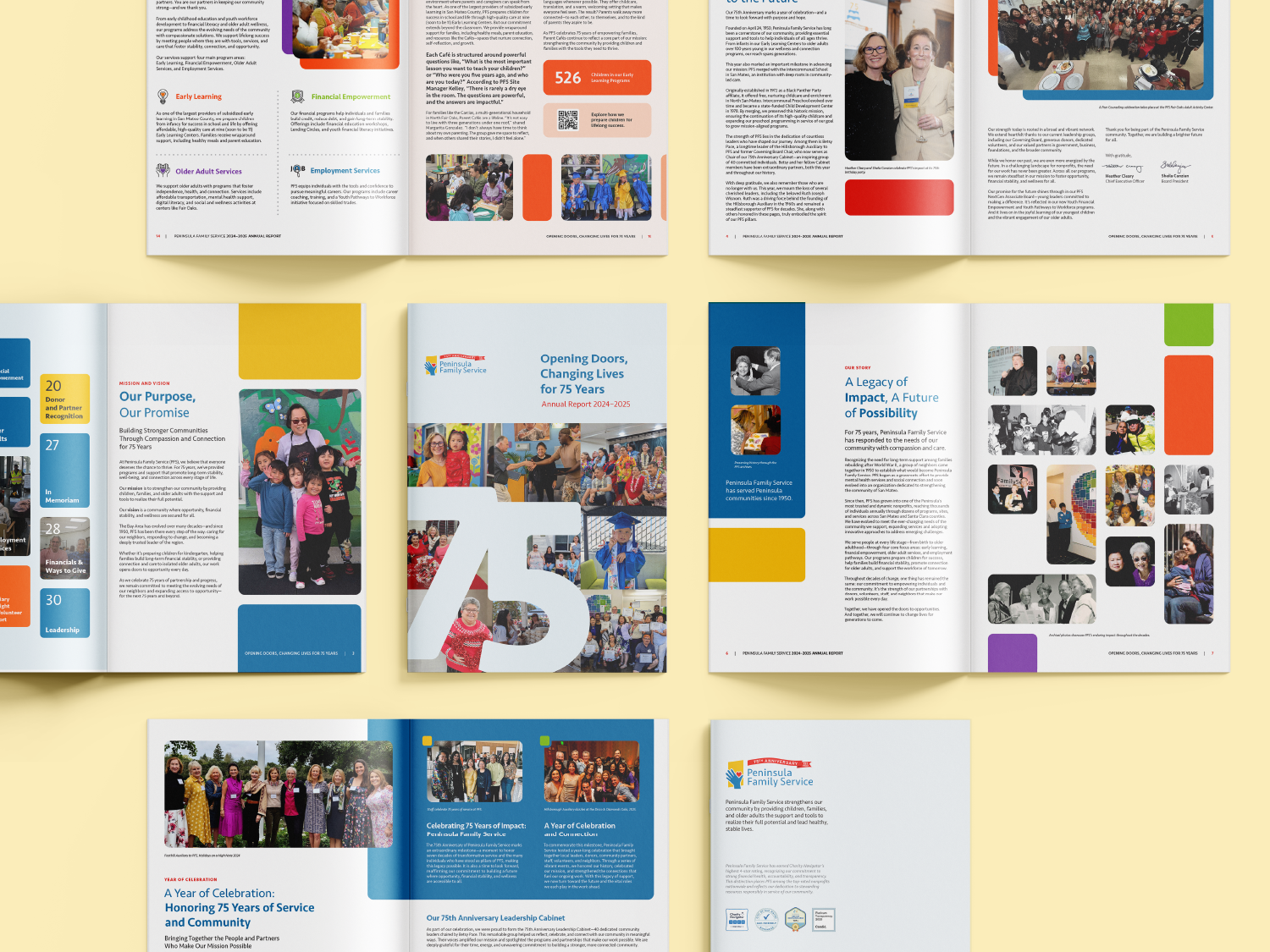




Project Summary
Chiron Community Foundation is committed to expanding access to affordable, high-quality mental healthcare in North St. Louis City and County. By investing in organizations that deliver clinical care, address basic needs, and provide education and training, they work toward long-term, systemic change.
When Chiron Community Giving Foundation set out to publish new mental health research, they needed a way to transform complex data into clear, accessible storytelling that could mobilize their community, inform policy, and strengthen their brand.
Chiron Community Giving Foundation had rich research and valuable insights but needed design to help their work reach more people. They saw an opportunity to:
- Translate complex mental health data into a community-ready, easy-to-digest report
- Connect limited access to healthcare with broader social factors such as housing, transportation, and education
- Build a consistent brand system that could support future reports, programs, and advocacy

We designed a report that distilled Chiron Community Giving Foundation’s dense research into an engaging, easy-to-read narrative. Optimized for digital viewing, the report combined bold infographics, clear layouts, and compelling visuals to make the data more accessible to the public. From this foundation, we developed a comprehensive brand style guide to ensure consistency across all of Chiron Community Giving Foundation’s communications, reinforcing their credibility and helping them maintain a strong, unified presence.
What We Created
- Mental health research report with infographics and data visualization
- Optimized digital design aligned with Chiron Community Giving Foundation’s brand colors and fonts
- Comprehensive brand style guide covering logo use, colors, typography, iconography, imagery, and layout systems
Chiron Community Foundation now has a professional, accessible way to share their research and a strong design system to guide future work. Their report helped spark dialogue around targeted investments, community initiatives, and legislative change, while their brand style guide gives them the tools to maintain integrity and recognition across every channel.




.png)







